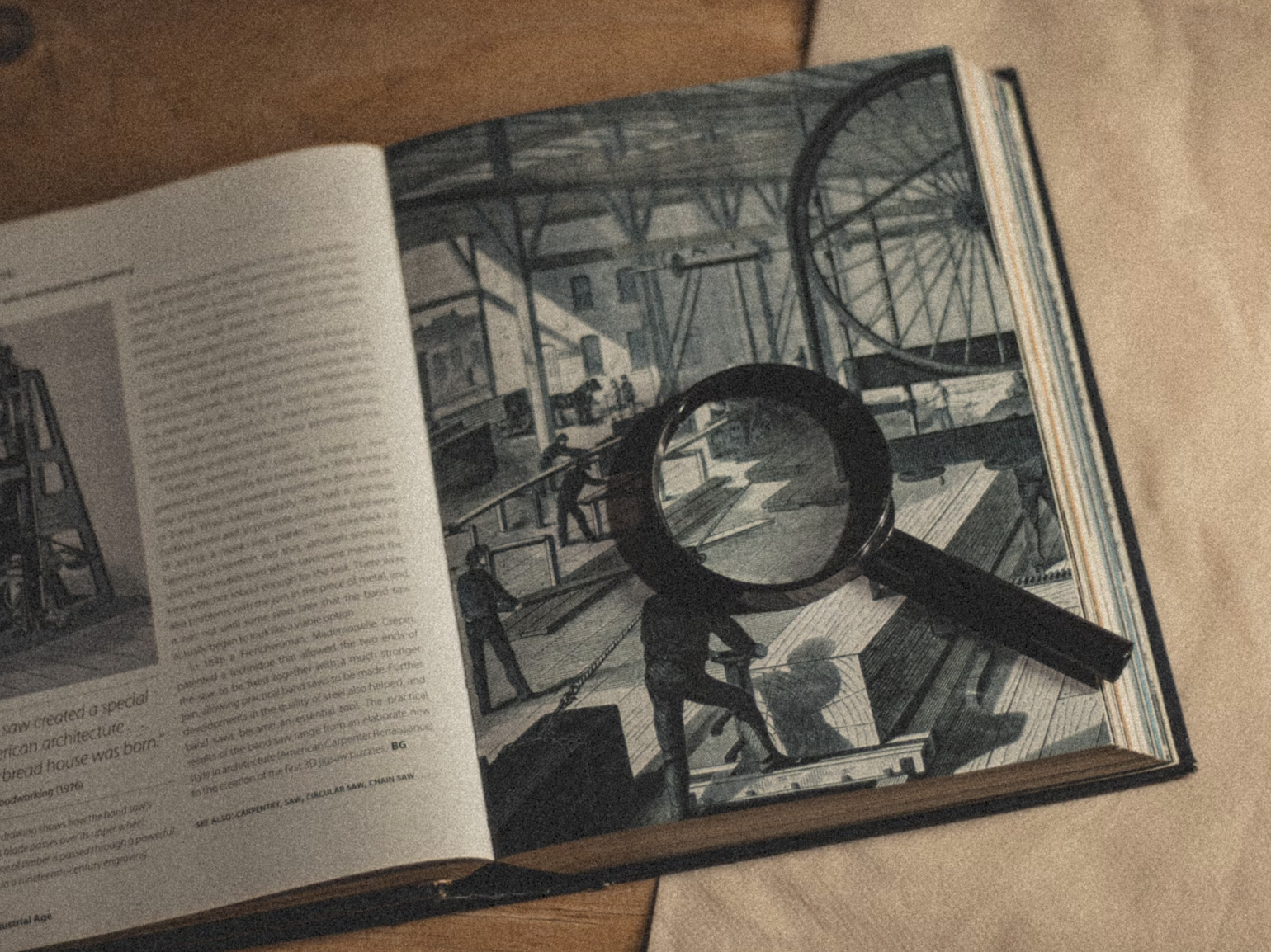
PORTFOLIO & RESEARCH HUB
by Tobin M. Albanese
Computer Science Project 6 Wed Jan 01 2025
Why this exists. I wanted one quiet place to gather the things I’m building and learning—projects, essays, and the Midnight Bureau archive—without chasing half-finished drafts across apps. This site is my working notebook in public. It’s tidy on the surface so it’s pleasant to read, but it doesn’t hide the in-progress parts: the small experiments, the detours, the questions I’m still figuring out. I also wanted permanence. Links should stay valid, citations should have a home, and files shouldn’t disappear because a platform changed its mind. Publishing here gives me a stable address to point to, a place I control, and a rhythm that encourages me to refine ideas out in the open instead of waiting for “perfect.”
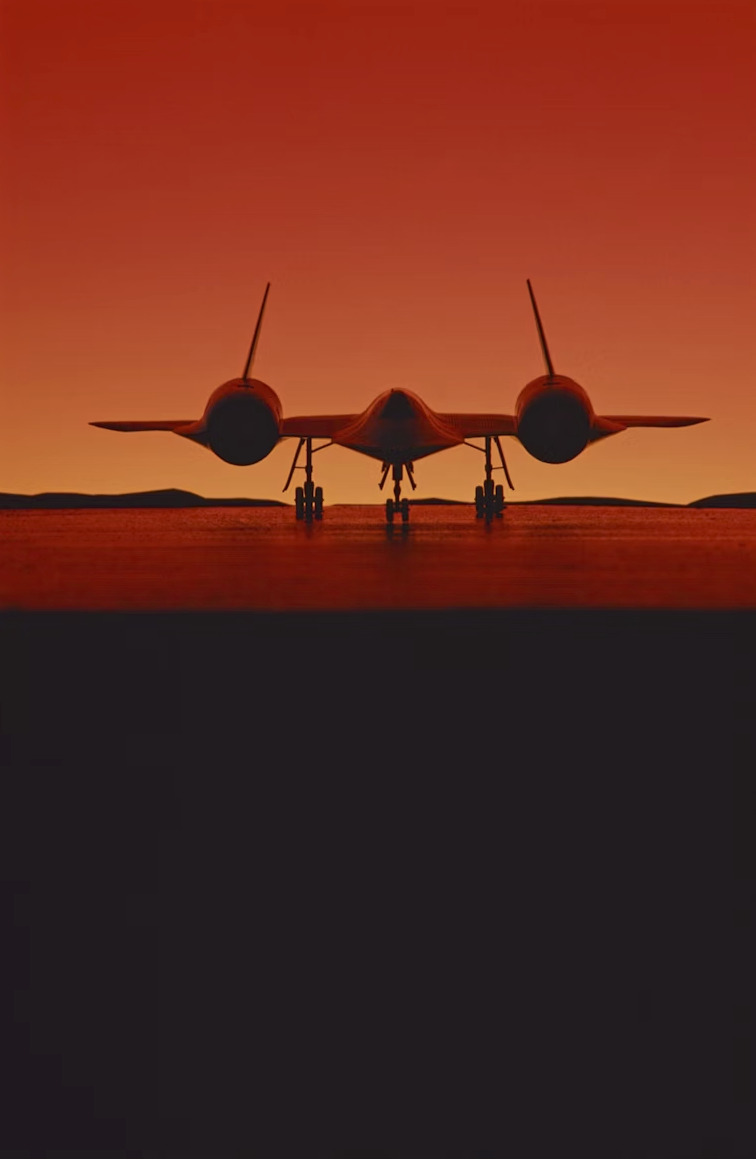
How I want it to feel. Calm and quick. Pages should open fast and stay out of the way—no pop-ups, no newsletter walls, no unexpected motion. The typography aims for a comfortable line length and steady rhythm so reading feels effortless, even on a small phone late at night. Color is used sparingly, mostly to guide attention; whitespace does the heavy lifting. Interactions are gentle: hover hints, clear affordances, predictable focus states. If you only have a few minutes between tasks, you can still drop in, scan a page, and leave with something useful. If you have an hour, the layout scales with you and invites a deeper read without feeling heavy.
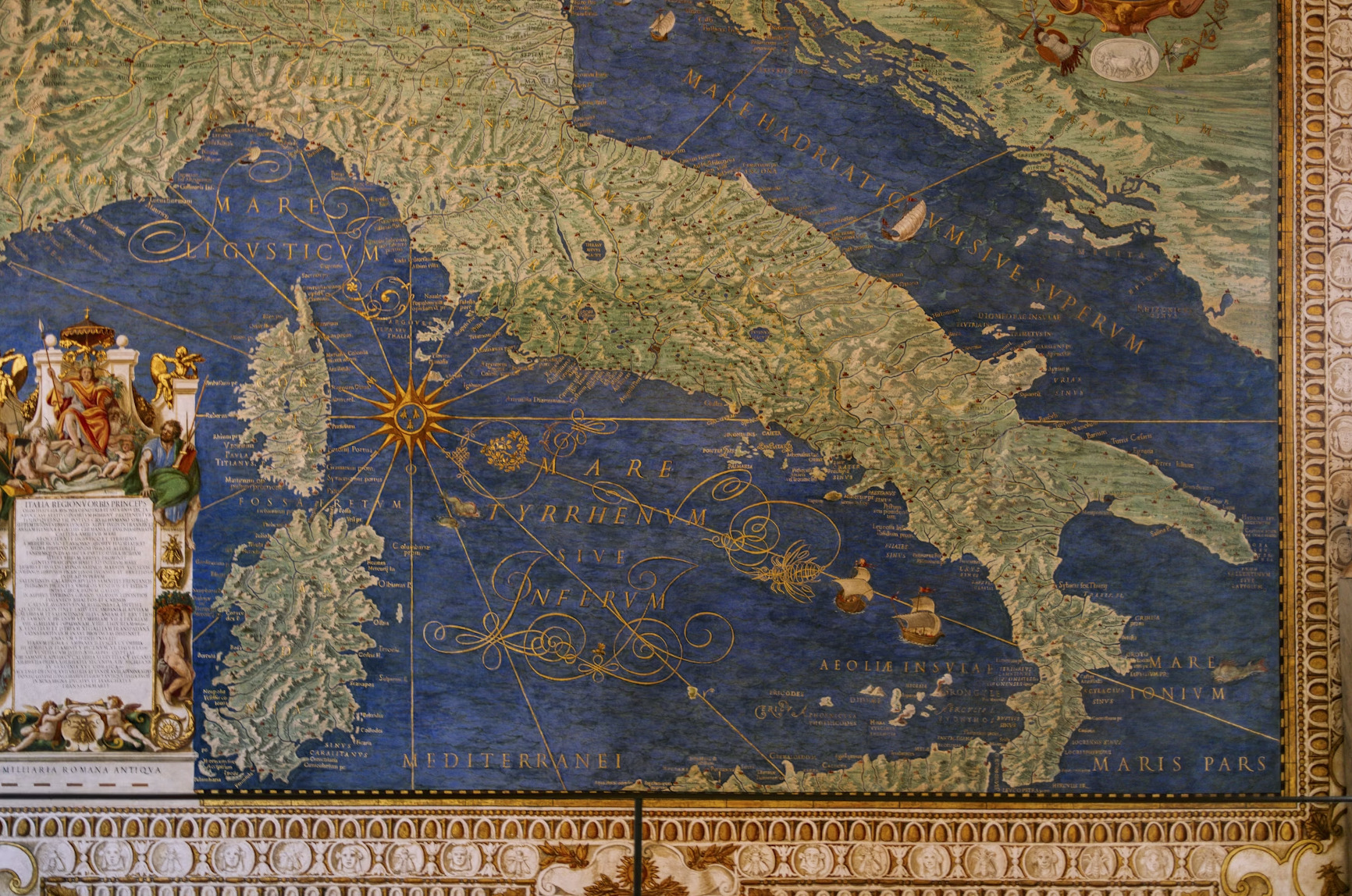
How it’s organized. The home grid is a map, not a maze. Each card opens to a focused deep-dive page with the same simple structure: title, context, body, images, and a small resource panel for links and references. Projects, essays, and Bureau posts all share this schema so I can cross-link related ideas without custom glue every time. Tags connect threads across formats; series collect longer arcs; dates keep the story honest. You’ll find gentle breadcrumbs, related reads at the end, and clear anchors for headings so it’s easy to reference a specific section. The goal is to make discovery obvious and maintenance boring—in the best way.
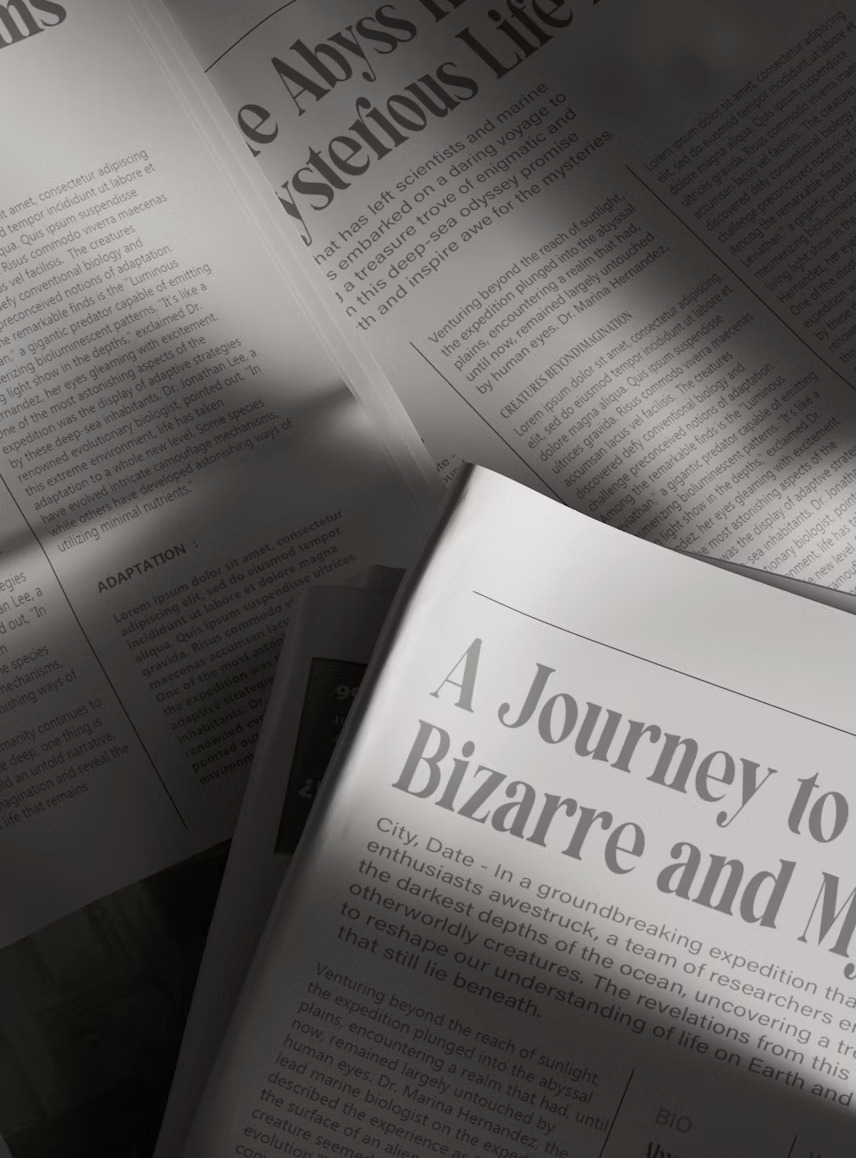
My workflow. I write in Markdown/MDX because it keeps me close to the text. Drafts often start as short notes or outlines that I push early, then shape over time. When something moves from sketch to substance, I add images, callouts, and citations; when I change my mind, I leave a trace so the reasoning is visible. Small diagrams live alongside paragraphs. Commit messages act like a lab notebook. I try to publish decisions, not just outcomes—what I tried, what broke, what I kept. This pace lets me ship ideas while they’re fresh and come back later to tighten the prose without losing the path I took to get there.
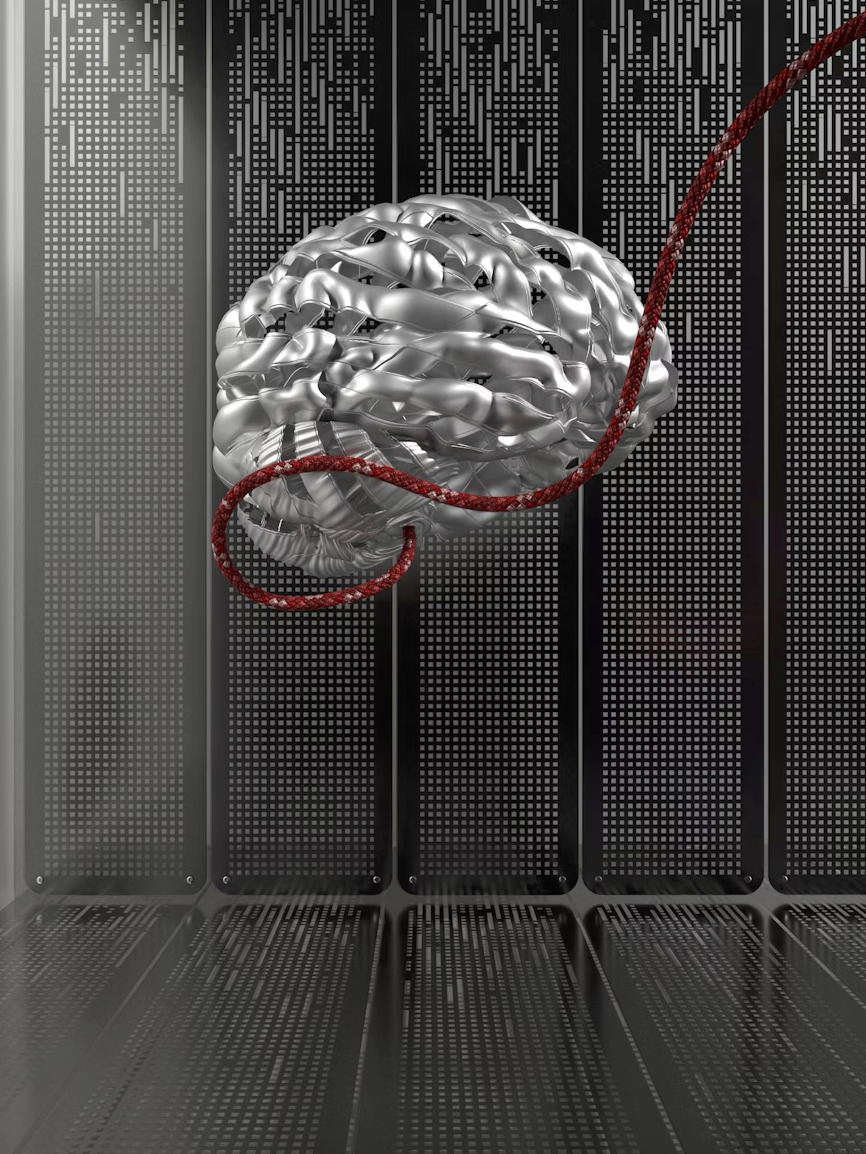
Craft & accessibility. I sweat the basics because they matter every day: consistent headings, real landmarks, strong contrast, generous spacing, and meaningful alt text for images. Pages are light and cache well; images are responsive and lazy-load when they’re actually needed. Keyboard navigation is first-class, focus states are obvious, and motion is minimal (and reducible). If JavaScript is limited, the content still reads cleanly. The site should feel welcoming whether you’re skimming with a trackpad, reading with a screen reader, or printing a long case study to mark up with a pen.

Background. My center of gravity is intelligence work—collecting, structuring, and turning fragments into something a team can act on. I’m drawn to target development: mapping people and organizations, tracing logistics and finance, and producing briefs that hold up under scrutiny. That bias shows up in how I build and write here. I keep sources, citations, and version history close; I document assumptions and alternatives; and I try to make every page a small training rep in tradecraft—state a hypothesis, gather, analyze, reduce to what matters. The tools and projects across this site—graph analysis, threat dashboards, secure comms, disciplined note-taking—are all aimed at the same goal: becoming the kind of intelligence targeter who can find the signal, defend the reasoning, and deliver something useful when time is tight.
What’s next. I’m building a single search that spans the portfolio and the Bureau so you can jump to an idea no matter where it lives. Shared tagging will help surface threads that cut across projects and essays. I want a print-friendly mode for long pieces that respects footnotes and figures, plus RSS for new essays so you don’t have to remember to check back. Analytics will stay minimal—enough to learn what’s working, never enough to profile anyone. Over time I’ll open-source small pieces of the stack and keep tightening the writing tools so publishing here remains fast, durable, and enjoyable.





